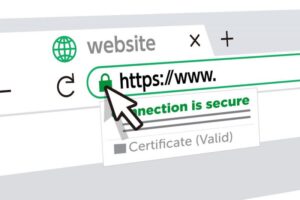When you’re in charge of a WordPress website, whether it’s a professional site, an e-commerce platform, or one in need of maintenance, you might find yourself wanting to customize its appearance and functionality. This is where WordPress child themes come into play. In this guide, we’ll delve into the fascinating world of WordPress child themes, providing insights on how they can enhance your website. If you need expert guidance on WordPress themes or any web-related service, please contact me at email: afhamzahid5@gmail.com or Phone: +92 315-3212271.
Table of Contents
Understanding Child Themes
A WordPress child theme is a theme that inherits the functionality and styling of another theme, referred to as the parent theme. The purpose of a child theme is to allow you to modify or extend the design and features of the parent theme without altering its core files.
Why Are Child Themes Important?
- Preserving Customizations: Child themes are essential when you want to make customizations to your website’s theme. Without a child theme, any changes you make directly to the parent theme will be lost when the parent theme is updated.
- Maintaining Theme Updates: By using a child theme, you can safely update the parent theme without worrying about losing your modifications. This ensures your site remains up to date and secure.
- Design and Functionality: Child themes provide the flexibility to change the design and functionality of your website, making it unique to your brand or vision.
Creating a Child Theme
Creating a child theme is a straightforward process:
- Create a New Folder: Start by creating a new folder in your WordPress themes directory. This will be the folder for your child theme.
- Create a Stylesheet: Inside the child theme folder, create a stylesheet (style.css) with specific details, such as the name, description, and the template (the parent theme’s folder name).
- Activate Your Child Theme: After creating the child theme, activate it from the WordPress dashboard.
Customizing Your Child Theme
Once your child theme is active, you can begin customizing it. You can:
- Modify the stylesheet (style.css) to change the design.
- Add custom functions in the functions.php file to change the functionality.
- Include template files from the parent theme and customize them in your child theme.
Best Practices for Child Themes
- Keep It Lightweight: Child themes should contain only the customizations you need. Avoid duplicating the entire parent theme.
- Regularly Update: Keep your child theme up to date to ensure compatibility with the parent theme’s updates.
- Use Version Control: Consider using version control systems like Git to track changes to your child theme.
- Back Up Regularly: Always back up your website before making major customizations, even when using child themes.
Conclusion
WordPress child themes are a valuable resource for customizing and maintaining your website, whether it’s a professional site, an e-commerce platform, or one in need of maintenance. They empower you to make changes without the fear of losing them during theme updates.
If you have questions about using child themes in WordPress or need expert guidance on themes or any web-related service, please contact me at email: afhamzahid5@gmail.com or Phone: +92 315-3212271. I’m here to assist you in exploring the world of WordPress child themes and making your website truly your own.




